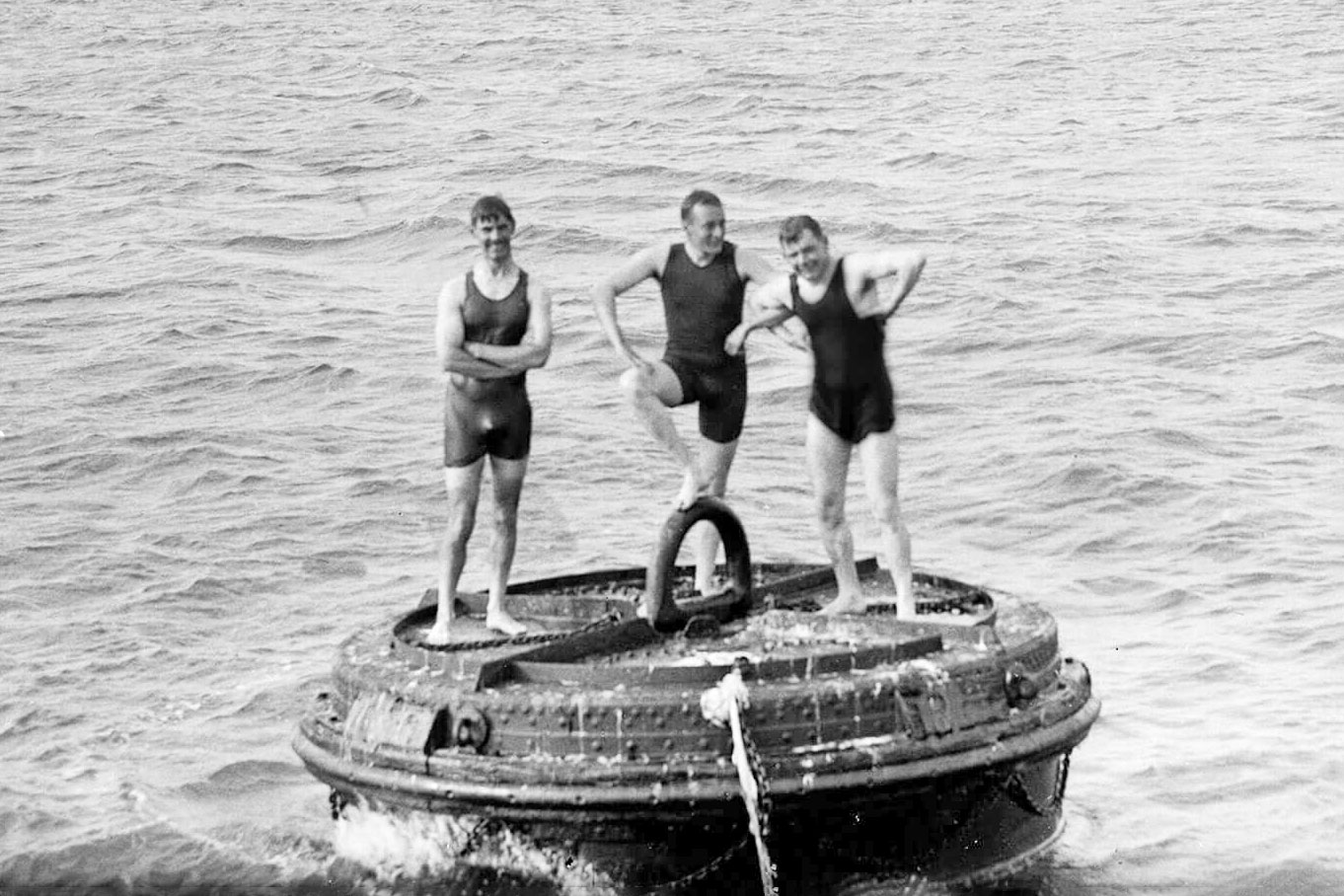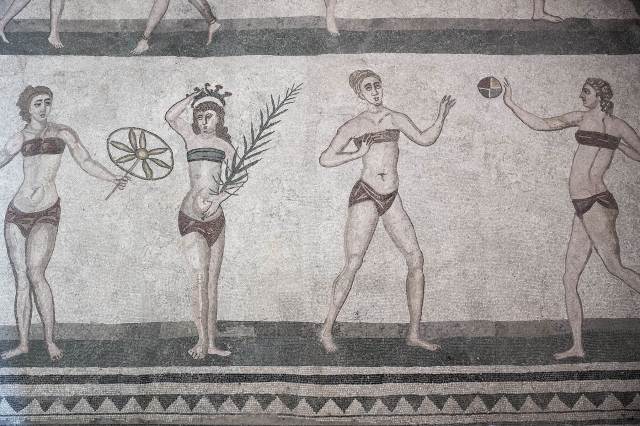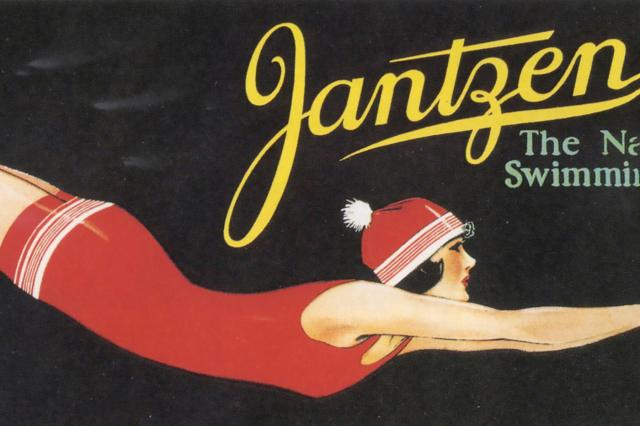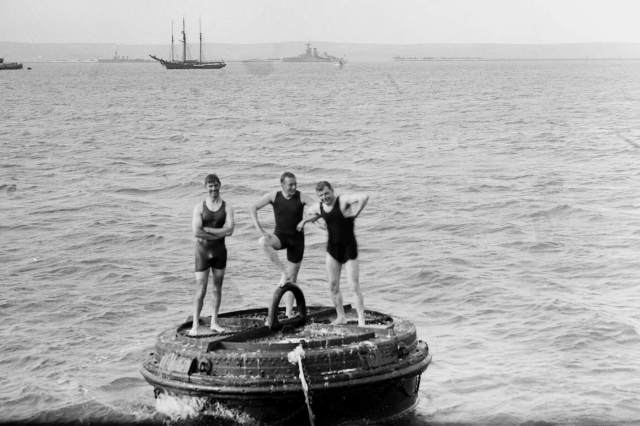5 Fun Facts About Swimsuits Through History
For as long as humankind has walked the Earth, we’ve also wanted to jump into the water. The invention of the bathing suit as a tasteful, stylish outfit specifically for water-based leisure may go as far back as ancient Rome. The history of swimwear is a history of not only sports and fun, but also modesty and fashion. Here are a few interesting landmarks in beachwear through the years.
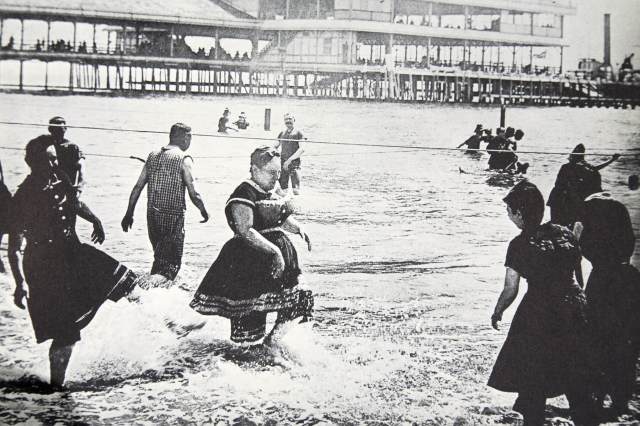
Before Bathing Suits, There Were Bathing Dresses
At the start of the 20th century, women in the U.S. and Western Europe were expected to wear what were known as “bathing dresses.” These were thick and colorful knee-length garments made of wool, designed to be worn on visits to the seaside. Given the strict nature of fashion at this time, it wasn’t uncommon for a woman to wear a bathing corset, too, as well as bloomers under their bathing dress. Despite the name, neither of these articles of clothing was meant for bathing, let alone swimming: They were too heavy and restrictive, not to mention itchy and pungent. Rather, they were decorative items of clothing designed for sea-adjacent leisure and outdoor activities that required as little movement as possible.

The Modern Bikini Was Invented by an Auto Engineer
The string bikini as we know it was invented in 1946 by French automotive engineer-turned fashion designer Louis Réard. The design featured four triangles of fabric — two for the bottom, two for the top — and spaghetti straps. Expecting an explosive reaction to his daring design, Réard named the suit for Bikini Atoll in the Pacific islands, where the U.S. conducted atomic bomb testing starting in the mid-1940s. A nude dancer from the Casino de Paris named Micheline Bernardini first modeled the provocative swimwear, in part because no runway model could be convinced to pose in something so revealing. Within the decade that followed, however, the bikini became ubiquitous, thanks in part to Hollywood stars such as Brigitte Bardot and Marilyn Monroe popularizing the style, as well as the rapidly changing social norms in the post-World War II era.





